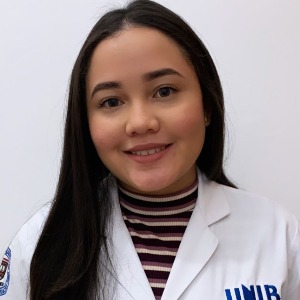Title : Early postoperative mobilization reduces the risk of adhesive capsulitis following shoulder arthroscopy
Abstract:
Introduction: Adhesive capsulitis or frozen shoulder is a frequent complication after shoulder arthroscopy, mostly associated with delayed postoperative mobilization. This condition often leads to fibrosis of the joint capsule, persistent pain, functional impairment, and even a second surgical intervention.
Objective: To determine that early initiation of physical therapy (less than 30 days post-op) reduces the incidence of adhesive capsulitis and improves clinical outcomes.
Methods: A retrospective observational study was conducted with six adult patients (aged 45–60) who underwent shoulder arthroscopy for tendon or rotator cuff repair. Based on the time of initiating physical therapy, patients were categorized into two groups:
-Early Mobilization Group: Therapy started within 10 -20 days post- surgery
-Delayed Mobilization Group: Therapy started after ≥30 days post
Clinical outcomes assessed included:
-Active abduction range of motion (ROM, in degrees)
Functional mobility score (FM scale: 1–5)
-Pain improvement
-Clinical diagnosis of adhesive capsulitis ( based on restricted ROM and pain)
Result:
Early Mobilization Group (n=4):
Patient 1: Achieved ROM of 110° when the initial ROM was 80°, FM initial score of 2/5 for an achieved score of 3/5, with significant pain reduction and no signs of adhesive capsulitis. 16 days post op when started .
Patient 2: Achieved ROM 95° when the initial ROM was 50°, FM initial score of 2/5 for an
achieved score of 3/5, with significant pain reduction and no signs of adhesive capsulitis. 20 days post op when stared
Patient 3: Achieved ROM 90° when the initial ROM was 60°, FM score of 2/5 for an achieved score of 3/5, with significant pain reduction and no signs of adhesive capsulitis. 18 days post op when started.
Patient 4: Achieved ROM 105° when the initial ROM was 60°, FM score of 3/5 that remains the same. with significant pain reduction and no signs of adhesive capsulitis. 10 days post op when started.
Delayed Mobilization Group (n=2):
Both patients showed to the consult with more than 30 days post-surgery with an immobilized shoulder for all those days presenting limited ROM (<60°), lower FM scores (≤2/5), persistent pain, and were diagnosed with adhesive capsulitis. One of them required a secund surgical intervention.
Conclusion: Early postoperative mobilization after shoulder arthroscopy is associated with a lower or zero incidence of adhesive capsulitis and improved functional recovery even in middle aged adults. These preliminary findings supports and confirms the relevancy of the incorporation of early physical therapy into postoperative protocols for shoulder surgeries.
Limitations: Small sample size; further prospective studies are recommended.
We encourage orthopedic surgeons to refer patients to physical therapy as early as possible after surgery. Prolonged shoulder immobilization is not recommended and may contribute to the development of adhesive capsulitis and the patient recovery can be slower and painful or may need and second surgical intervention.




